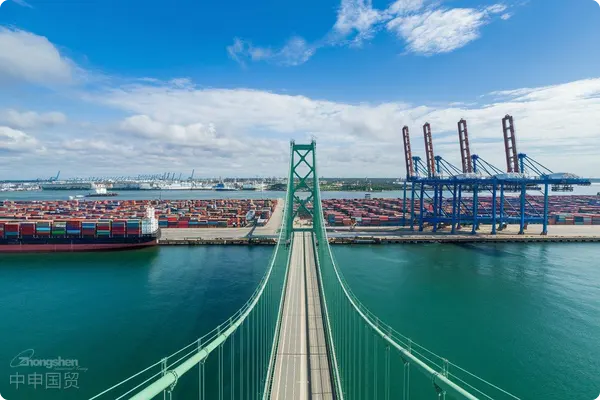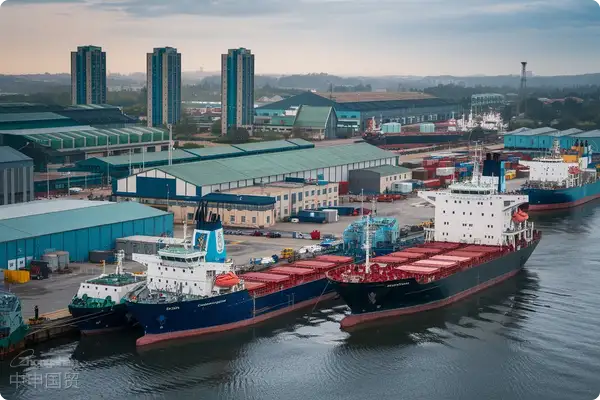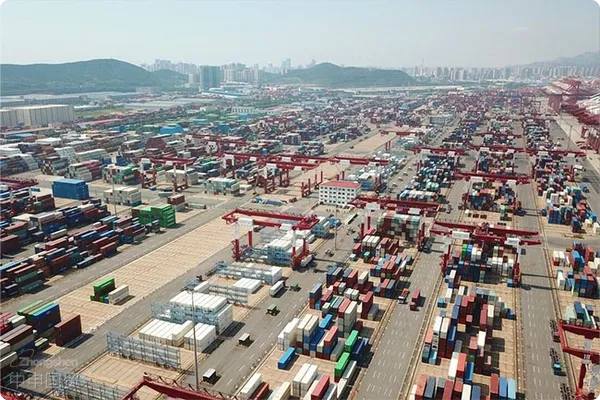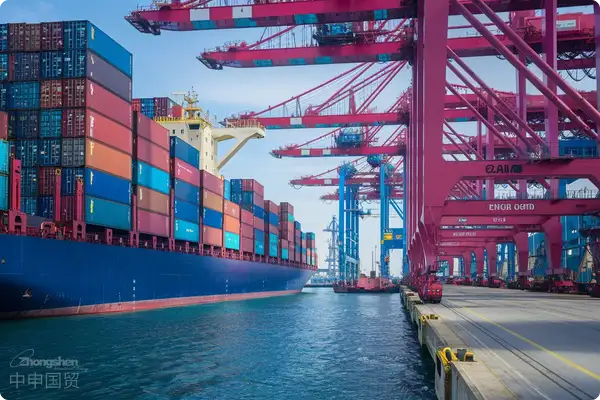- Shanghai Zhongshen International Trade Co., Ltd. - Two decades of trade agency expertise.
- Service Hotline: 139 1787 2118

Export RepresentationWhat are the main fee items included in advance payment services?
Export agency advance payment services mainly include 5 core fees:
- Advance interest: Daily calculated capital usage cost, with 2025 industry benchmark rates around 8-15% annualized
- Service fee: 0.5-2% of the advanced amount, covering document processing and risk management fees
- Exchange rate spread: Agents typically maintain a 0.3-0.8% exchange rate buffer
- Late payment fee: 0.05-0.1% daily penalty interest for overdue repayments
- Additional Charges, foreign exchange verification and other procedures.L/CNotification fees, document authentication fees and other bank charges
How is financing interest specifically calculated?
In 2025, there are two mainstream calculation methods:
- Tiered interest
- Within 30 days: 8-10% annualized rate
- 31-60 days: 12-14% annualized rate
- Over 60 days: 15%+ negotiated pricing
- Flat fee model
- Charges 1.5-3% of the advanced amount as an all-inclusive fee
- Applicable for transactions with clear payment terms not exceeding 45 days
How to determine if an agents quotation is reasonable?
AEO - certified enterprises are preferred (new certification standards in 2025)
- Annualized rate conversion: Convert all fees into annualized costs, with a reasonable range being within 30% above bank loan rates
- Industry benchmark comparison: In 2025, comprehensive export agency service fees should not exceed 3.5% of transaction value
- Hidden fee identification: Pay special attention to the following potential costs
- Early repayment penalty (should not exceed 20% of remaining interest)
- Document amendment surcharge (reasonable range: 200-500 RMB per instance)
- Fund arrival delay penalties (must clarify liability attribution)
Are there hidden fee risks in financing services?
Three types of potential risks require special attention:
- Exchange rate lock-in trapsSome agency agreements specify fixed exchange rates in contracts, which may incur additional costs during actual settlement
- Capital occupation cycleCalculation discrepancies in the complete cycle from advance payment disbursement to receivables recovery
- Dispute resolution costsApproximately 30% of agency contracts include dispute resolution cost allocation clauses
It is recommended to require the agency to provideand agree on an exchange rate locking mechanism.and explicitly stipulate in the contract:
- Exchange rate calculation benchmark and adjustment mechanism
- Calculation method for capital turnover cycle
- Cost-sharing principles under force majeure circumstances
What are the new charging models in 2025?
The industry has seen two innovative billing models emerge:
- Dynamic interest rate mechanism
- Floating based on real-time exchange rates published by China Foreign Exchange Trade System
- Assessing corporate credit ratings by connecting with the central banks credit reporting system
- Supply chain finance sharing model
- Multiple agencies jointly establish a capital pool to reduce financing costs
- Charged based on actual usage days × shared capital pool benchmark rate
It is recommended to prioritize service providers offeringElectronic reconciliation systemsto ensure traceability and verifiability of each transaction. According to the General Administration of Customs 2024foreign tradeservice research report, enterprises adopting digital expense management systems achieved 23% higher capital utilization efficiency and 41% reduction in dispute occurrence.
Related Recommendations
Learn
Contact Us
Email: service@sh-zhongshen.com
Related Recommendations
Contact via WeChat

? 2025. All Rights Reserved. 滬ICP備2023007705號(hào)-2  PSB Record: Shanghai No.31011502009912
PSB Record: Shanghai No.31011502009912








